Aquascaping is the art of creating underwater landscapes in aquariums. It involves arranging aquatic plants, rocks, stones, cavework, or driftwood in an aesthetically pleasing manner within an aquarium. The goal is to create a natural-looking environment that is both visually appealing and healthy for the fish and other aquatic creatures living in the aquarium.
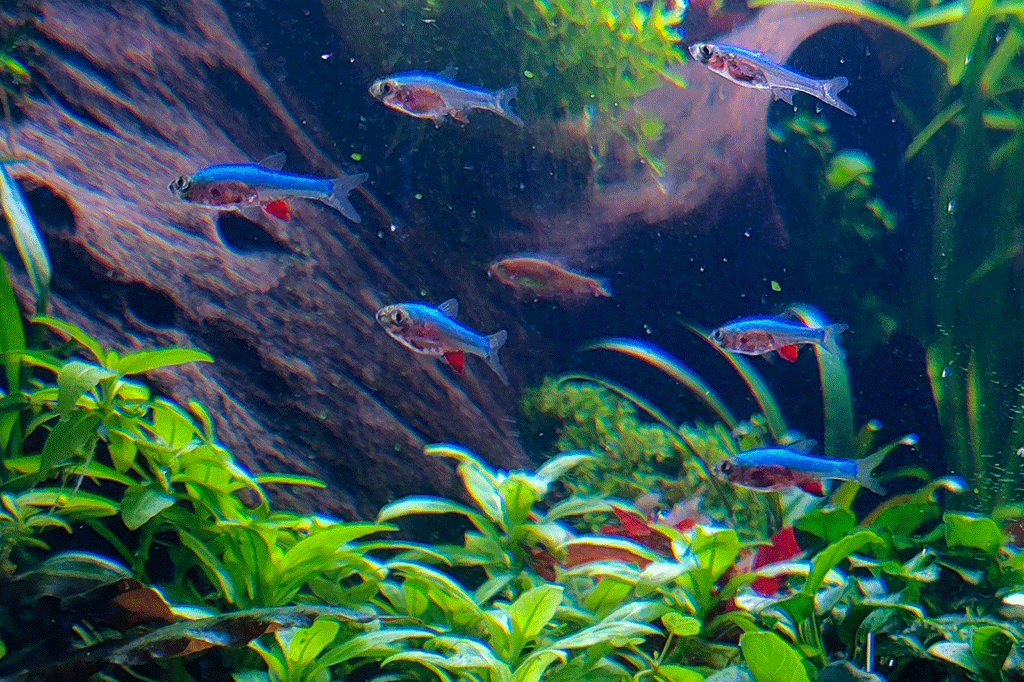
Intro
Aquascaping has become increasingly popular in recent years, and there are many different styles and techniques that you can use to create your own underwater masterpiece. Some popular styles include the garden-like Dutch style and the Japanese-inspired nature style.
To get started with aquascaping, you will need some basic tools such as scissors for trimming plants, tweezers for planting, and a scraper for cleaning the glass. You will also need to consider factors such as CO2 injection and LED lighting to ensure that your plants grow properly.
Aquascaping is not only a fun and rewarding hobby, but it can also be a great way to add some natural beauty to your home. With a little bit of creativity and some basic tools, you can create your own underwater paradise. Happy aquascaping!
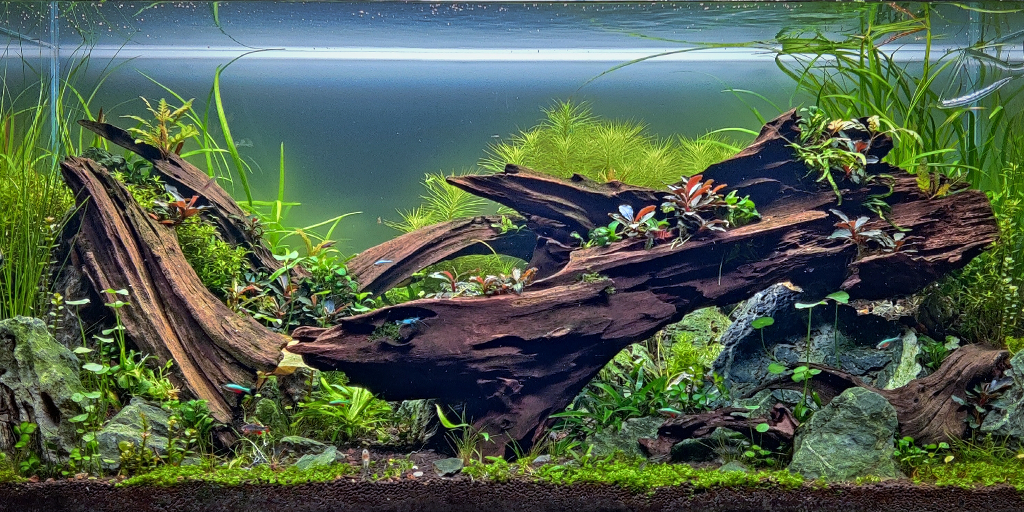
The Art of Aquascaping
We’ll be adding more information to each section as more blogs appear on the website; so keep an eye out!
A Brief History
Aquascaping traces its roots to the Japanese art of bonsai, where miniature landscapes are meticulously crafted. The concept evolved, leading to the creation of intricate underwater gardens. The first major influence was Takashi Amano, a Japanese aquarist who introduced the idea of “Nature Aquarium” in the 1980s. Since then, aquascaping has become a global phenomenon.
Principles of Aquascaping
- Balance: Achieving harmony between the various elements in your aquarium is crucial. This involves balancing the visual weight of rocks, plants, and other decorations.
- Contrast: Use a variety of textures, colors, and shapes to create interest and focal points within the aquarium.
- Proportion: Consider the size of your tank and the elements within it to maintain a sense of scale and proportion.
- Depth: Create the illusion of depth by placing larger objects in the foreground and smaller ones in the background.
- Essential Elements of Aquascaping:
- Substrate: Choose a suitable substrate that supports plant growth. Common choices include gravel, sand, and specialized substrates rich in nutrients.
- Hardscape: Rocks, driftwood, and other hardscape elements are used to create the backbone of your aquascape. They provide structure and define the overall layout.
- Plants: Select a variety of aquatic plants based on their size, shape, and growth patterns. Consider foreground, midground, and background plants for a layered effect.
- Lighting: Proper lighting is essential for plant growth and the overall aesthetics of your aquarium. LED lights with adjustable color temperatures are popular among aquascapers.
- Filtration and CO2: Maintain a healthy environment by investing in a quality filtration system and, if needed, a CO2 injection system to support plant growth.
Read more about aquascaping principles here:
Aquascaping Styles
- Dutch Style: Characterized by dense and colorful plantings, often arranged in neat rows.
- Nature Aquarium Style: Inspired by natural landscapes, it focuses on creating a realistic underwater scene with a balance of hardscape and plants.
- Iwagumi Style: A minimalist style centered around carefully arranged rocks, often with a single focal point.
Read more about aquascaping styles here:
Maintenance and Care
- Regular trimming of plants and algae control.
- Water changes to maintain water quality.
- Monitoring and adjusting CO2 levels and nutrient dosing.
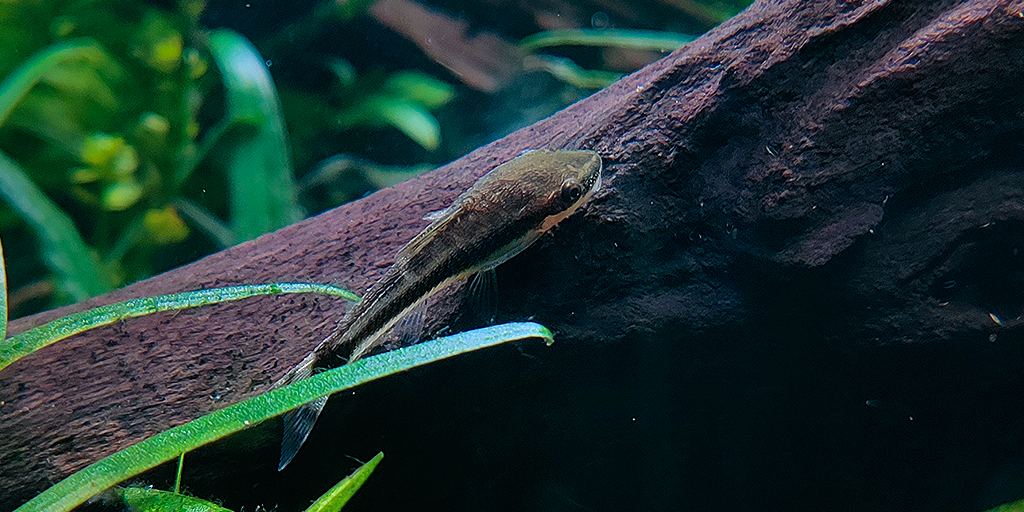
Read more about maintenance here:
Conclusion
Aquascaping is a captivating blend of creativity, nature, and technology. Whether you’re a seasoned aquascaper or a beginner, the key is to experiment and enjoy the process of creating your own underwater paradise. Explore the world of aquascaping, and watch as your aquarium transforms into a living work of art, bringing the beauty of nature into your home.

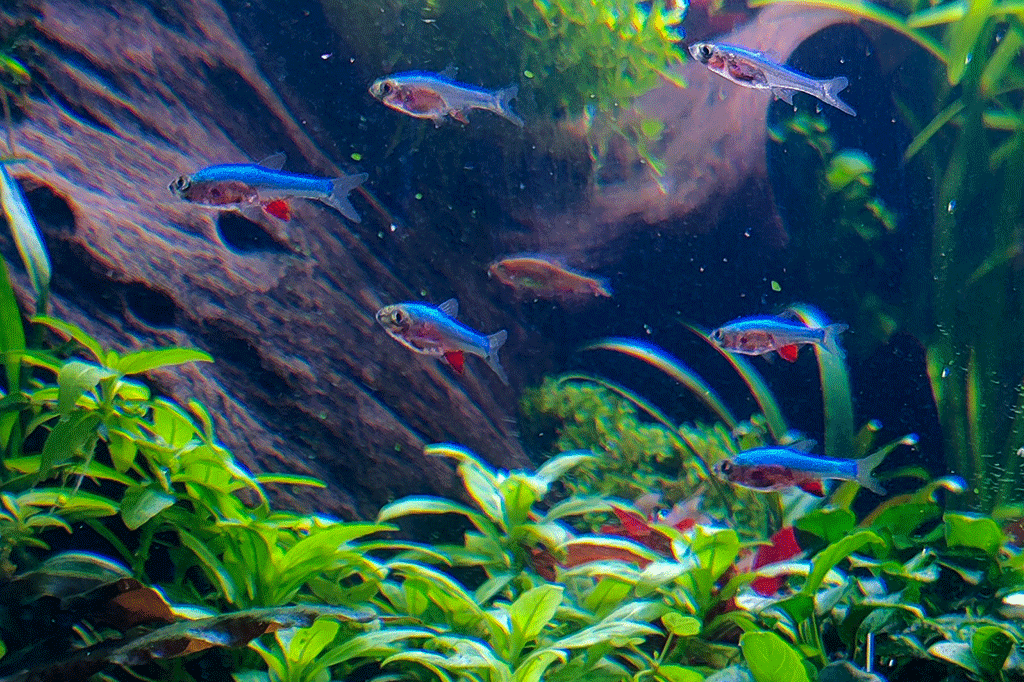
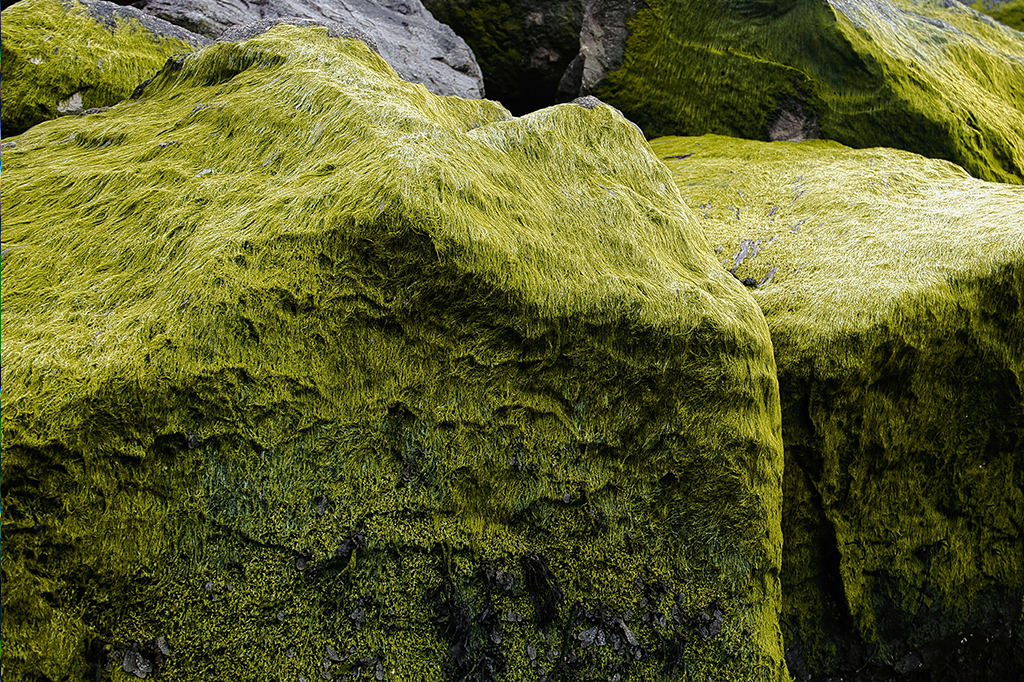


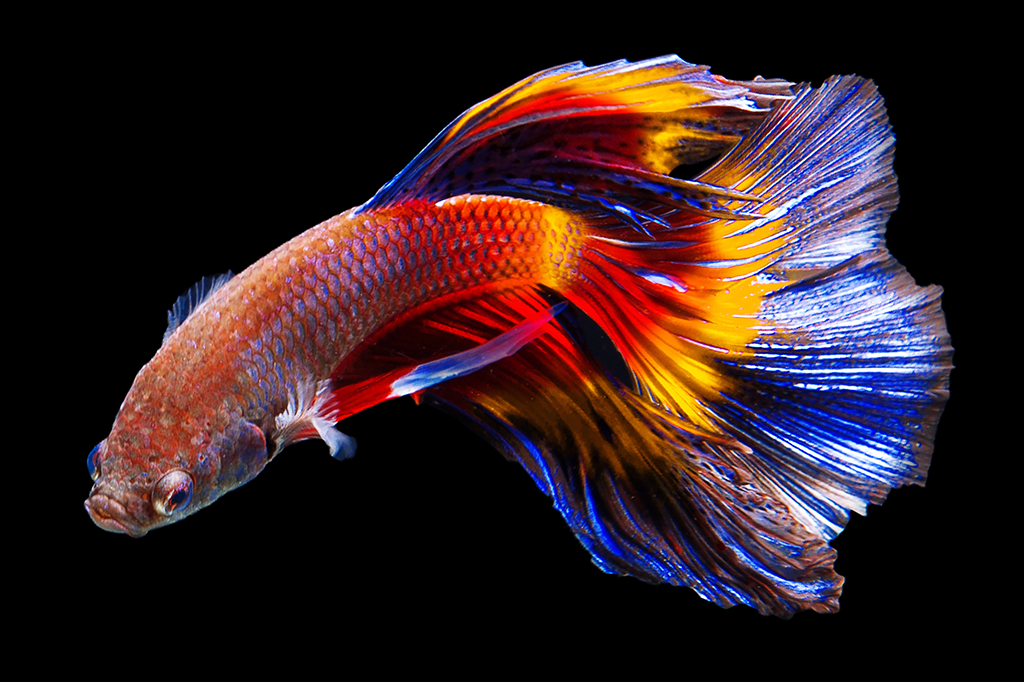
Leave a Reply